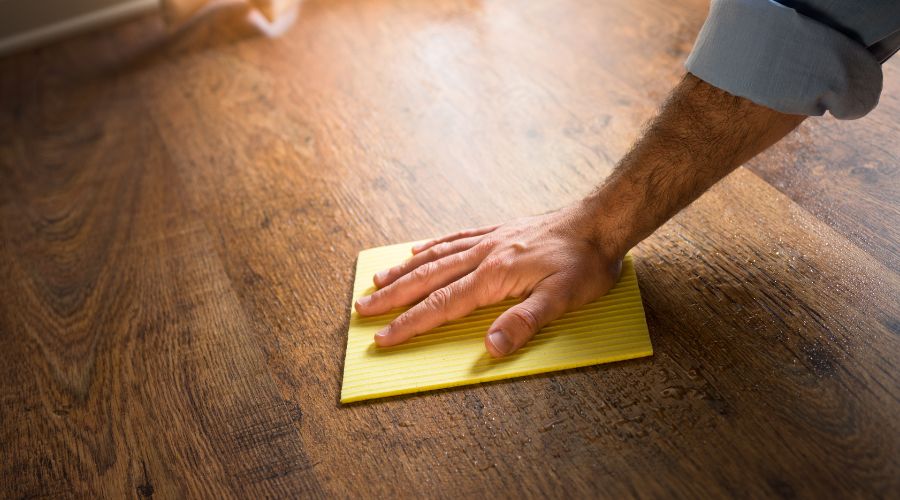Carpets and rugs are the best floor treatments that can make a space look beautiful and bring new life to it. Carpets come in diverse styles, fiber choices, pile heights and densities. You can buy them in standard and custom sizes to fit perfectly in your spaces. If your newly purchased carpet doesn’t accommodate the spacing requirement, or you want to cut your old carpet to fit well at a new place, you can DIY cut it to size.
Cutting the carpet to size without fraying it is a skill as this process requires special attention. You can cut an old carpet to the proper size to ideally fit your living space by using some tools. If you are looking for an expert guide to help you with the smooth cutting process for the carpets, you are at the right place. In this guide by Carpet Dubai, you will learn about the steps for DIY carpet cutting.
Step By Step Guide To Cut A Carpet Without Fraying
Carpets look more beautiful and enticing when they match your interior and are ideal in size. Carpets can be cut to size easily if you have all the right tools available. Down is the list of tools that must be handy for the smooth and hassle-free cutting process.
Tools & Supplies Needed
Grab these tools before you begin with the carpet cutting process.
- Utility knife
- Straight edge or level
- Hot glue gun
- Measuring tape
- Wood or cardboard
- Carpet binding tape
1. Take Measurements
When cutting the carpet, the first measure is to take accurate measurements according to the space requirement. Measure your space first and determine how much binding tape you will need.
After you note down the size parameters, keep the length a few inches extended for the overlapping. You can note down the measurements for cutting down the carpet precisely. These dimensions will be needed to mark your cuts.
2. Mark Your Cuts
After you determine the right size for cutting while leaving the extended space for overlapping, turn your carpet upside down. Make sure to stretch the edges of the carpets so that marks can be placed without hassle.
You can use a marker or pen to mark the dimensions on the carpet backing. Use the ruler or a straight edge to mark the straight lines for accurate carpet cutting.
3. Cut Carpet Precisely
After marking the line to cut the carpet, first, ensure that your carpet is on a protective surface like wood or cardboard. Take a sharp knife that can run straight through the carpet. The entire game is about the right usage of the knife.
To ensure neat edges, use the knife or cutters slowly and precisely across the carpet surface. For thin pile carpets, a sharp cutter or utility knife might be enough but for the thick-pile carpets, you might need to use the carpet shears.
4. Cut Out Leftover Thread
When you cut, trim out the excessive parts or frayed edges from the carpet. To cut the leftover threads, you can use either a cutter or a scissor. It requires a careful approach to cut the remaining thread while ensuring that you are not damaging the area beside the marked lines.
This process can take a while but it is a mandatory step that will ensure a smooth finish in the end. Even if you don’t bind the carpet edges in the end, cutting the threads will still benefit you before proceeding to the next step.
5. Bind Or Serge The Edges
Once the cutting process is completed, it’s time to secure the edges of the carpets. To seal the edges, you can bind them down with the help of binding tape. Cover all the loose fibers along with carpet edges and tape them. Use the sewing machine to sew the binding tape in a place perfectly. To keep and secure the edges from unraveling, it is the best way.
Aside from that, clear glue can be used to seal the carpet edges and a heat machine is also helpful for keeping the edges from fraying. Moreover, a hot glue gun is a perfect way to serge the edges. When using a gun, work fastly to ensure the glue is cooled down after each application.
To Conclude
Carpets come in a range of sizes and styles to match different décor themes and space settings. If you want to cut down the carpet to fit your spacing requirement, you will need to gather the right tools and supplies. Using the sharp utility knife, you can cut the edges of the carpet without fraying.
Ensure the right measurements both in length and width and cut the carpet with force. Cut out any leftover threads and bind or serge the edges to ensure the durability of the carpet. We hope that the tips mentioned in this guide will make your DIY carpet cutting process easier.





